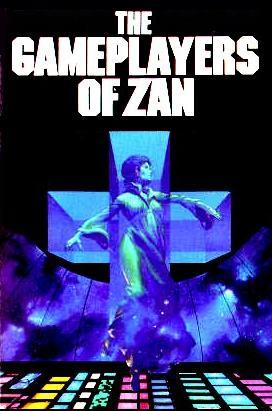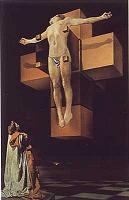O'Hara's Fingerpost
In The New York Times Book Review of next Sunday (August 24, 2003), Book Review editor Charles McGrath writes that author John O'Hara
"… discovered a kind of story… in which a line of dialogue or even a single observed detail indicates that something crucial has changed."
From the Online Etymology Dictionary:
crucial – 1706, from Fr. crucial… from L. crux (gen. crucis) "cross." The meaning "decisive, critical" is extended from a logical term, Instantias Crucis, adopted by Francis Bacon (1620); the notion is of cross fingerboard signposts at forking roads, thus a requirement to choose.
The remainder of this note deals with the "single observed detail" 162.
Instantias Crucis
Francis Bacon says
"Among Prerogative Instances I will put in the fourteenth place Instances of the Fingerpost, borrowing the term from the fingerposts which are set up where roads part, to indicate the several directions. These I also call Decisive and Judicial, and in some cases, Oracular and Commanding Instances. I explain them thus. When in the investigation of any nature the understanding is so balanced as to be uncertain to which of two or more natures the cause of the nature in question should be assigned on account of the frequent and ordinary concurrence of many natures, instances of the fingerpost show the union of one of the natures with the nature in question to be sure and indissoluble, of the other to be varied and separable; and thus the question is decided, and the former nature is admitted as the cause, while the latter is dismissed and rejected. Such instances afford very great light and are of high authority, the course of interpretation sometimes ending in them and being completed. Sometimes these instances of the fingerpost meet us accidentally among those already noticed, but for the most part they are new, and are expressly and designedly sought for and applied, and discovered only by earnest and active diligence."
The original:
Inter praerogativas instantiarum, ponemus loco decimo quarto Instantias Crucis; translato vocabulo a Crucibus, quae erectae in biviis indicant et signant viarum separationes. Has etiam Instantias Decisorias et Judiciales, et in casibus nonnullis Instantias Oraculi et Mandati, appellare consuevimus. Earum ratio talis est. Cum in inquisitione naturae alicujus intellectus ponitur tanquam in aequilibrio, ut incertus sit utri naturarum e duabus, vel quandoque pluribus, causa naturae inquisitae attribui aut assignari debeat, propter complurium naturarum concursum frequentem et ordinarium, instantiae crucis ostendunt consortium unius ex naturis (quoad naturam inquisitam) fidum et indissolubile, alterius autem varium et separabile ; unde terminatur quaestio, et recipitur natura illa prior pro causa, missa altera et repudiata. Itaque hujusmodi instantiae sunt maximae lucis, et quasi magnae authoritatis; ita ut curriculum interpretationis quandoque in illas desinat, et per illas perficiatur. Interdum autem Instantiae Crucis illae occurrunt et inveniuntur inter jampridem notatas; at ut plurimum novae sunt, et de industria atque ex composito quaesitae et applicatae, et diligentia sedula et acri tandem erutae.
— Francis Bacon, Novum Organum, Book Two, "Aphorisms," Section XXXVI
A Cubist Crucifixion
An alternate translation:
"When in a Search of any Nature the Understanding stands suspended, the Instances of the Fingerpost shew the true and inviolable Way in which the Question is to be decided. These Instances afford great Light…"
From a review by Adam White Scoville of Iain Pears's novel titled An Instance of the Fingerpost:
"The picture, viewed as a whole, is a cubist description, where each portrait looks strikingly different; the failings of each character's vision are obvious. However, in a cubist painting the viewer often can envision the subject in reality. Here, even after turning the last page, we still have a fuzzy view of what actually transpired. Perhaps we are meant to see the story as a cubist retelling of the crucifixion, as Pilate, Barabbas, Caiaphas, and Mary Magdalene might have told it. If so, it is sublimely done so that the realization gradually and unexpectedly dawns upon the reader. The title, taken from Sir Francis Bacon, suggests that at certain times, 'understanding stands suspended' and in that moment of clarity (somewhat like Wordsworth's 'spots of time,' I think), the answer will become apparent as if a fingerpost were pointing at the way. The final narrative is also titled An Instance of the Fingerpost, perhaps implying that we are to see truth and clarity in this version. But the biggest mystery of this book is that we have actually have no reason to credit the final narrative more than the previous three and so the story remains an enigma, its truth still uncertain."
For the "162" enigma, see
Dogma,
The Matthias Defense, and
The Still Point and the Wheel.
See also the December 2001 Esquire and

the conclusion of my previous entry.
















